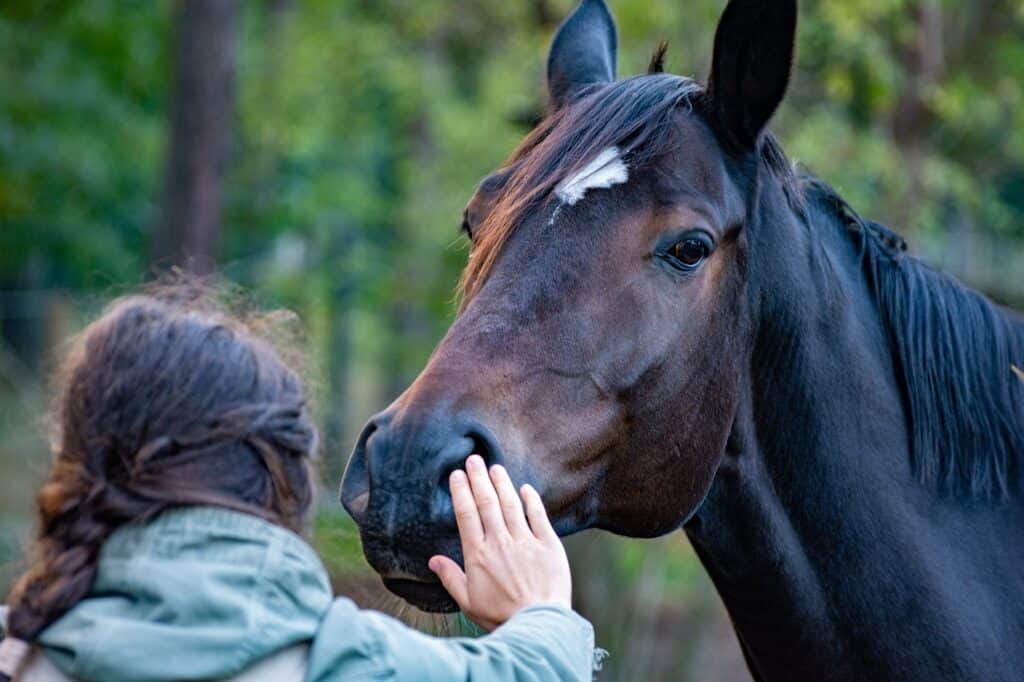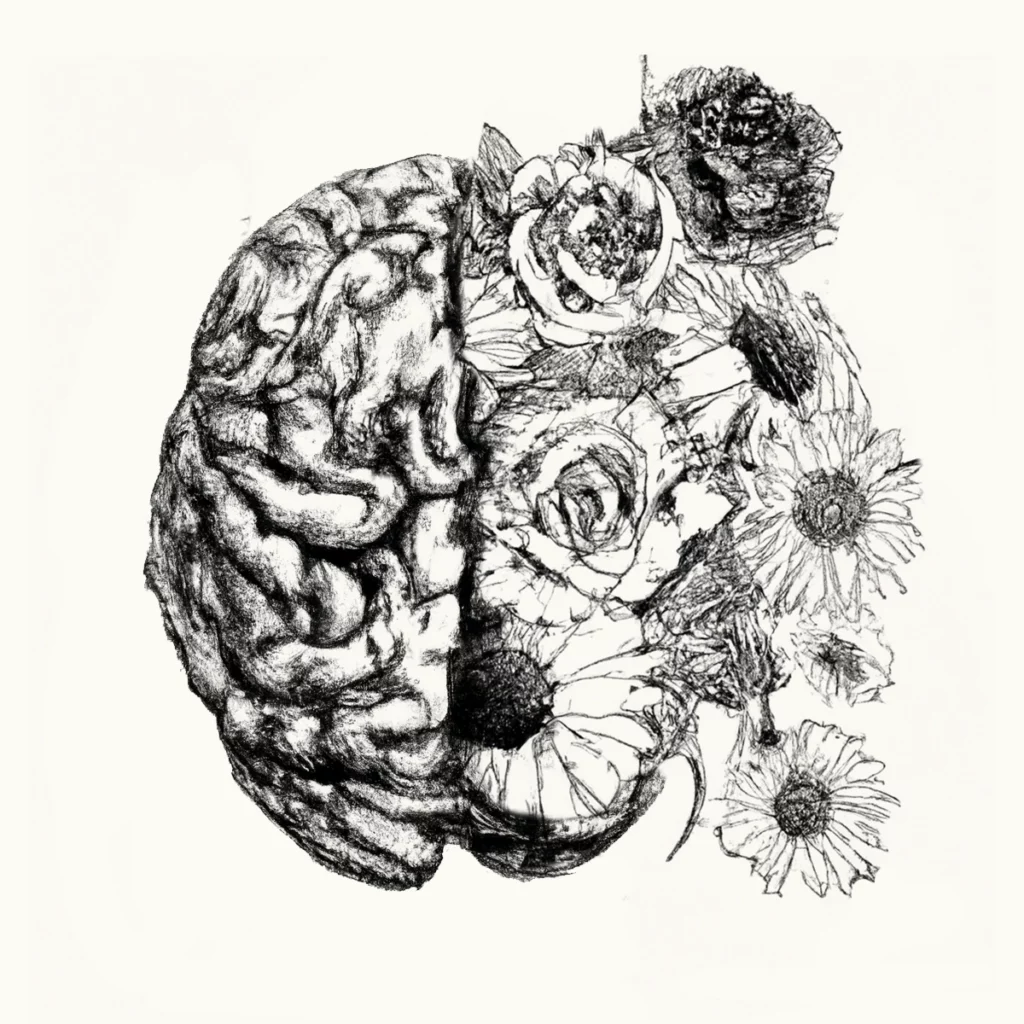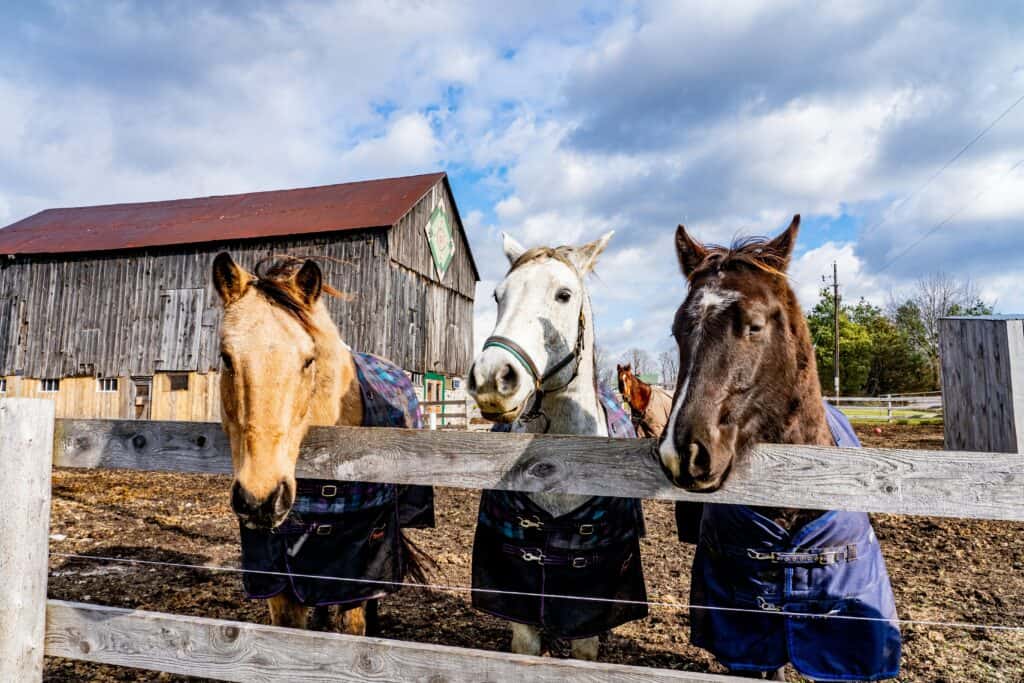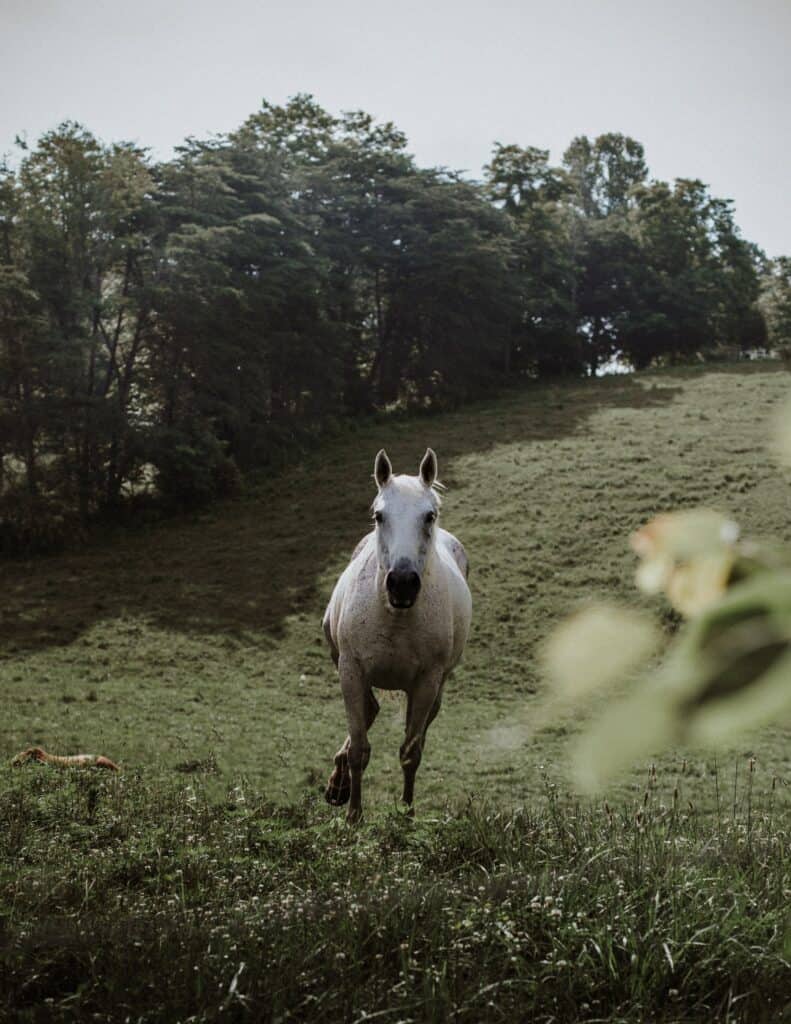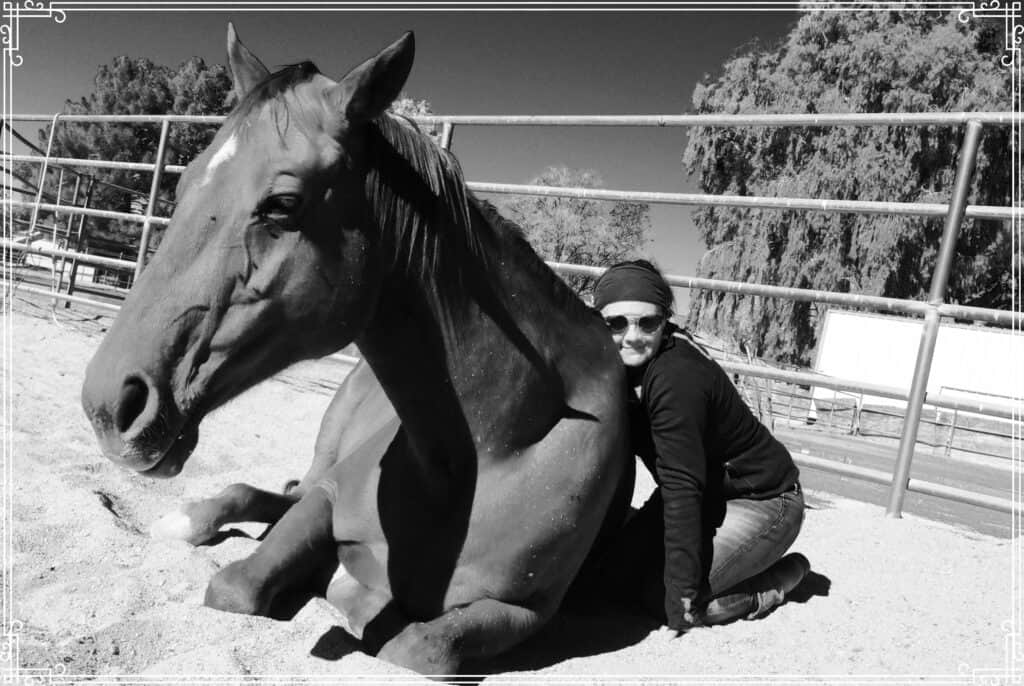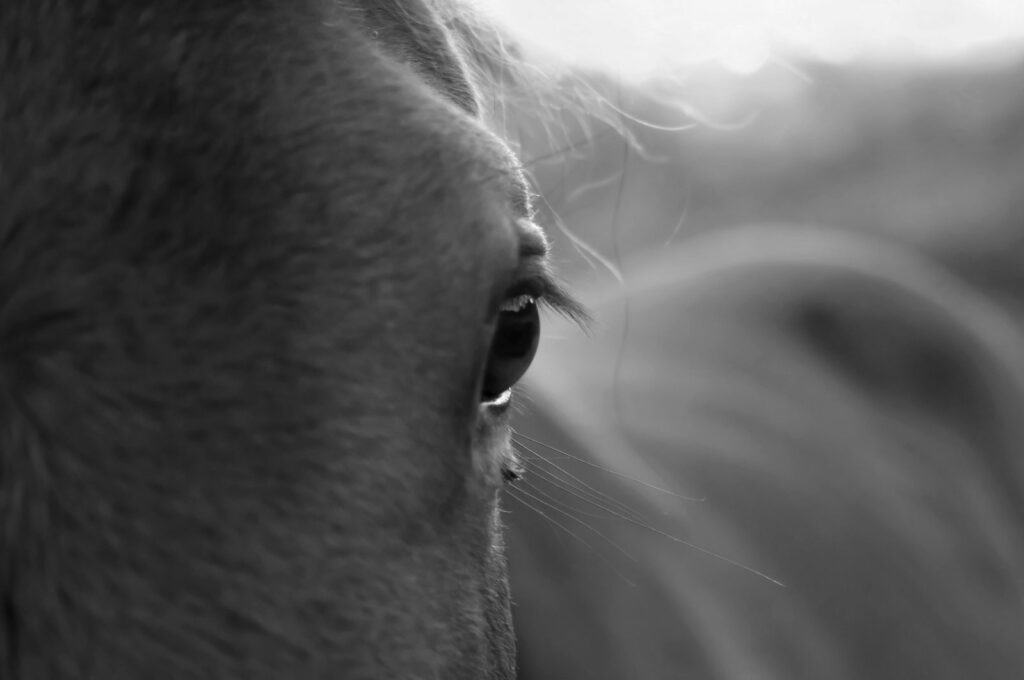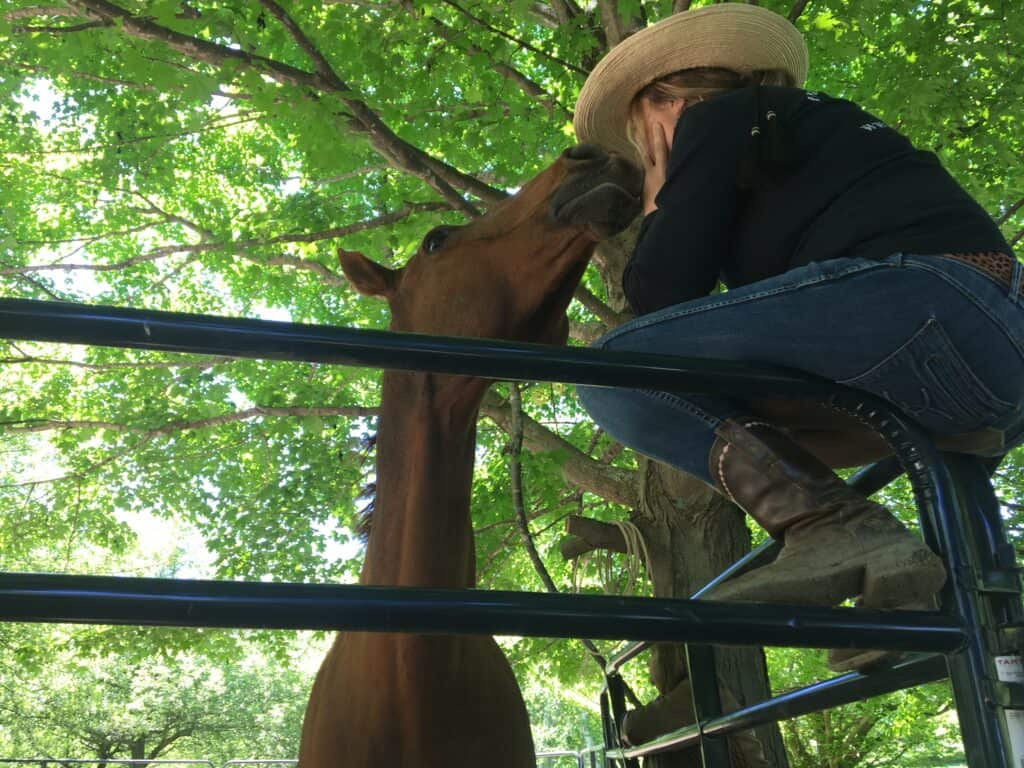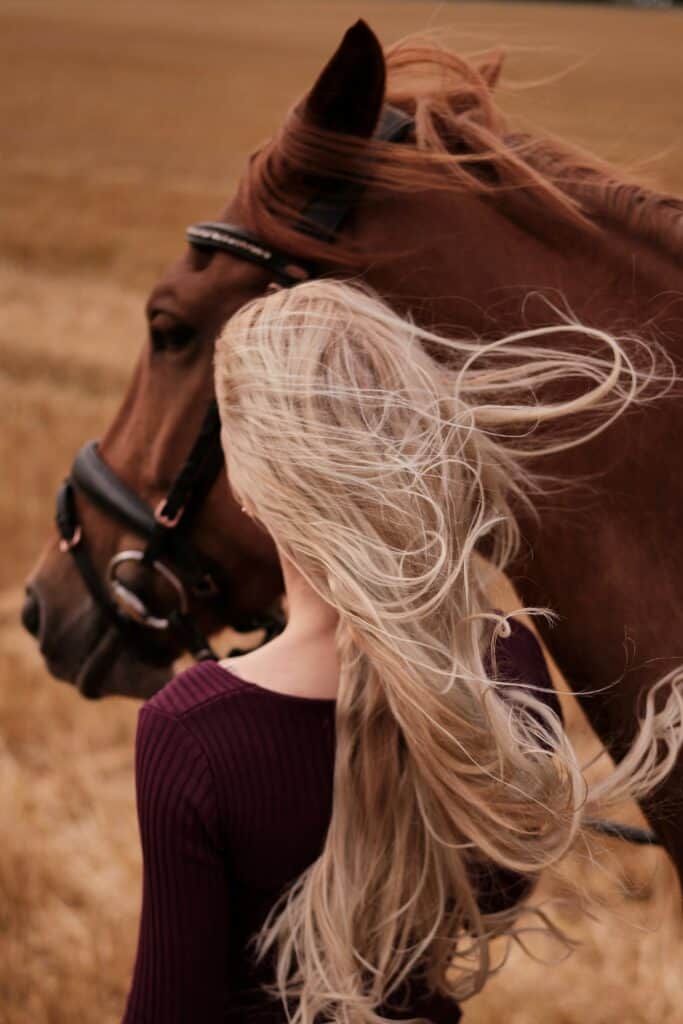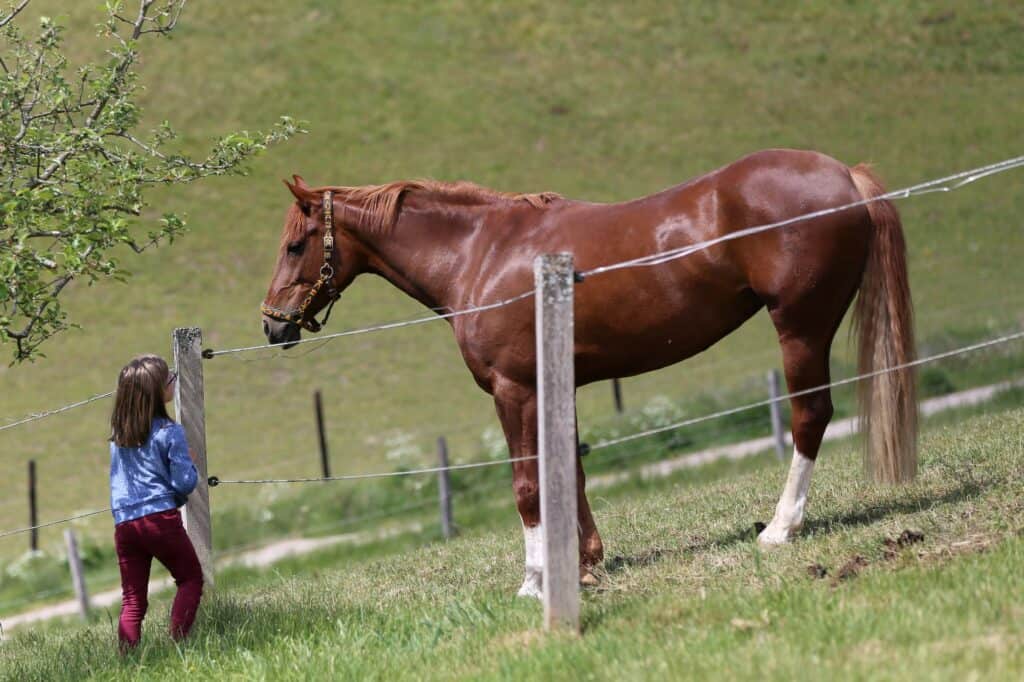Blog
Learn more about Sarah Jenkins and EquiLateral: The Equine-Assisted EMDR Protocol™
We map our internal and external worlds in similar ways, as did my client in her traumatization. One can consider that our current mapping may be based on old data, old, outdated maps, and unprocessed traumatic material.
As a result, our capacity to fully express who we truly are, underneath it all, gets withheld, and we can find ourselves feeling lost, but primarily to ourselves. We forget that we are what we are looking for.
As therapists, we too can have a parallel process when working with clients. We might find ourselves grabbing for an anchor, trying to pull ourselves up from the weight of the work. Therapists sometimes need a soft space to land - to just be seen, heard, and felt in the work.
What causes our systems to use dissociation as a strategy? The fact is, it’s all about attachment and trying to preserve it, but also managing the distress and conflict about that very safe drive to attach. There’s conflict.
Feeling that our internal state, our emotions, were “held” by others, and processed, was a foundational need in childhood. To process it, as children, we needed the presence of an attuning other in the outside world, our caregiver to “hold” that distress to help us regulate, settle, calm, and let it move through.
When we grow up, our brain has a greater capacity to hold our emotional distress, a larger capacity for processing, and a deeper neuro-network of resources. Essentially, instead of an “espresso” size cup, our brain capacity is of a larger cup that is sturdier, can hold more, and can contain it all. And, while the emotions from our childhoods may seem bigger than we are, and the cup may seem unable to hold it, we can.
If we equestrians and equine-facilitated/assisted practitioners don’t get to this deep layer of material, it will show up in our work with clients and let alone in our horsemanship. It will show up as the “oh oh” moments where we brace against, perhaps seeing our horses’ ear flick back, perhaps a misstep or stumble, move quickly, or even how we see and react in moments in the arena when we are co-facilitating therapy sessions with horses.
We all might have learned what was, or wasn’t, “okay” to be who we are. We may not know that our internal experience of who or what we “are” and our willingness to express it to the outside world “externally” is actually held in the balance by our own tolerance for it internally.
I would bet money that you might know dissociation, and it likely already knows you. The belief that we don’t experience dissociation, nor see it in our clients, well, that’s non-realization; it can be the very dissociative process doing its job. But, in fact, we do know dissociation. It just presents in a variety of different ways.
The rain is coming and I’m already in the process of tacking my mare up for a very, very brief experience of helping her to do some stretches and subtle flexion while online and in transitions. It’s not a “training” goal for me, but rather a feeling that I am hoping to give her, of being able to experience relaxation from the trot the walk, walk to canter.
Therapists both in and out of the field of equine reach out for support because of an overall general feeling of being overwhelmed when working with clients that just “don’t fit the mold.”
To me, because our field is primarily a model-driven one, and with few exceptions, not one driven by the specific goals of a psychotherapeutic modality, as providers, we must first get clarity on our theory of change. Then, we can gain greater clarity on how to interpret and utilize the exquisite, powerful, and inspiring equine-based interactions that we see every day.

